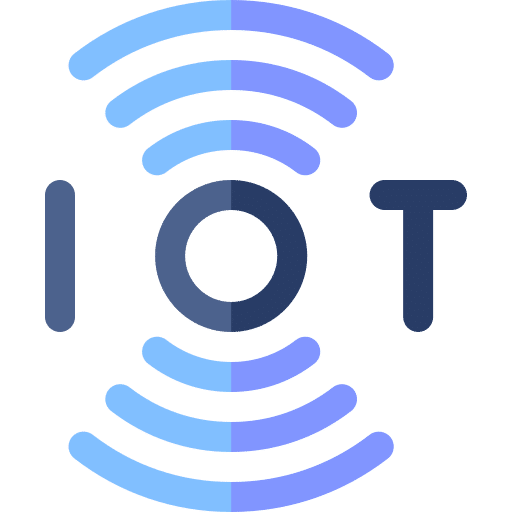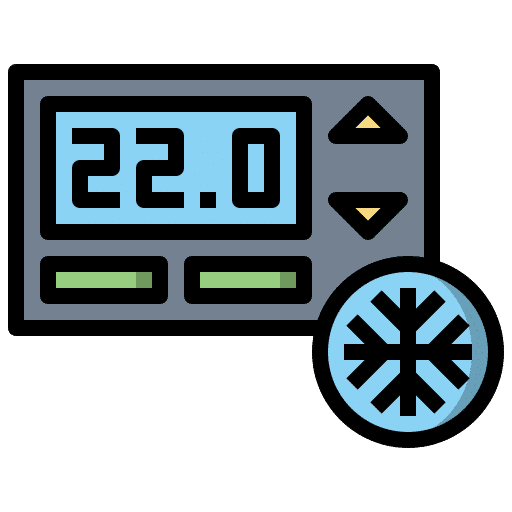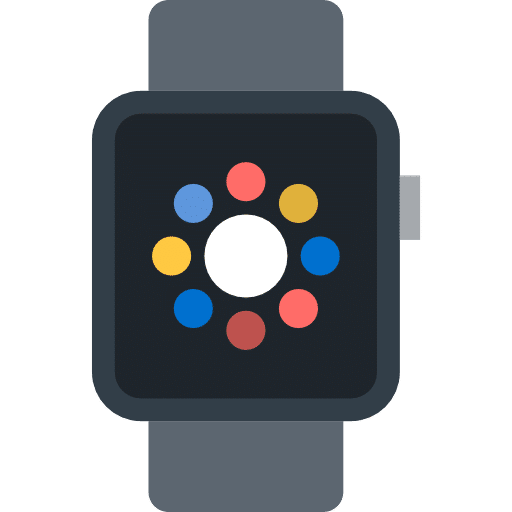Ambient computing refers to a pervasive technology that seamlessly and fluidly integrates into our everyday environment. In other words, it's about making the objects and spaces in our lives smart through the use of sensors and artificial intelligence, among other technologies.
The rise of the Internet of Things (IoT) has transformed how we interact with our environment. Intelligent devices, such as connected thermostats, automated lighting, and home security systems, are becoming increasingly common. These devices can connect with each other, collect real-time data, and automatically adjust their operations based on user preferences and needs.
Understanding Ambient Computing
The fundamental idea behind ambient computing is the invisibility of technology. Smart devices and systems blend into the environment and act autonomously without frequent user intervention. This is made possible by pervasive sensors, wireless networks, and artificial intelligence algorithms that collect and analyze data in real time. For instance, in a smart home, lights can automatically adjust based on outdoor brightness, and the thermostat can regulate temperature according to the user’s habits.
Underlying Technologies

Internet-of-Things (IoT)
It represents the central pillar of this concept. It refers to the interconnection of physical objects via the internet, enabling them to communicate and exchange data with each other.

Sensors and Actuators
Sensors collect information about the environment, such as temperature, light, motion, air quality, etc. Actuators, conversely, are the components that execute the system’s decisions.

Artificial Intelligence and Machine Learning
These are crucial for analyzing the vast amounts of data collected by IoT devices. They enable systems to recognize patterns, learn behaviors, and adapt to user preferences.

Network and Connectivity
Reliable and omnipresent connectivity is essential for ambient computing to operate smoothly, ensuring that data can be exchanged swiftly.

Cloud Computing and Edge Computing
Cloud computing provides the computing power and storage necessary to process the data collected by IoT devices. However, for real-time responses, edge computing is increasingly utilized. This involves processing data near its source, thus reducing latency and reliance on the cloud. This approach is particularly useful for critical applications that require quick response times.
What Applications in Everyday Life?
Smart Home
This is undoubtedly the area where the concept of ambient computing is most advanced and visible.

Devices like smart thermostats can learn the user’s habits and automatically adjust the temperature to maximize comfort and energy efficiency.

Smart lighting systems can automatically adjust based on outdoor brightness or user preferences.

Intelligent security cameras, motion detectors, and connected doorbells allow for real-time home monitoring.

Smart home appliances can be programmed and controlled remotely. For example, a smart refrigerator can track food expiration dates and suggest recipes based on available ingredients.
Smart Workspaces
Ambient computing also transforms workspaces into more productive and enjoyable environments.

Smart offices are equipped with sensors that monitor occupancy, temperature, and air quality.

Meeting rooms equipped with ambient technologies, such for as interactive whiteboards and advanced video conferencing systems, facilitate remote collaboration.

Room and shared desk reservation applications, powered by sensors and artificial intelligence, enable more efficient space management.
Health and Wellness
Ambient computing also plays a significant role in the health and wellness sector, providing personalized solutions to improve quality of life.

Connected watches or bracelets can monitor vital signs, physical activity levels, and sleep habits, offering personalized recommendations for health improvement or even detecting anomalies.

Mobile apps connected to IoT health devices allow for detailed tracking of various medical conditions.

For the elderly or those with particular medical needs, home monitoring systems can offer peace of mind, for instance through motion sensors and alerting devices.
Of course, there are many other possible uses of ambient computing, such as for improving energy efficiency or contributing to environmental protection.
Conclusion
This concept of ambient computing transforms our daily lives by discreetly integrating smart technologies into our environments. From smart homes to smart workspaces, through health and energy efficiency, this technological revolution enhances comfort, security, and sustainability. By understanding and adopting these innovations, we are paving the way for a more connected and harmonious future, where technology automatically adapts to our needs, making our lives simpler and more enriching.










